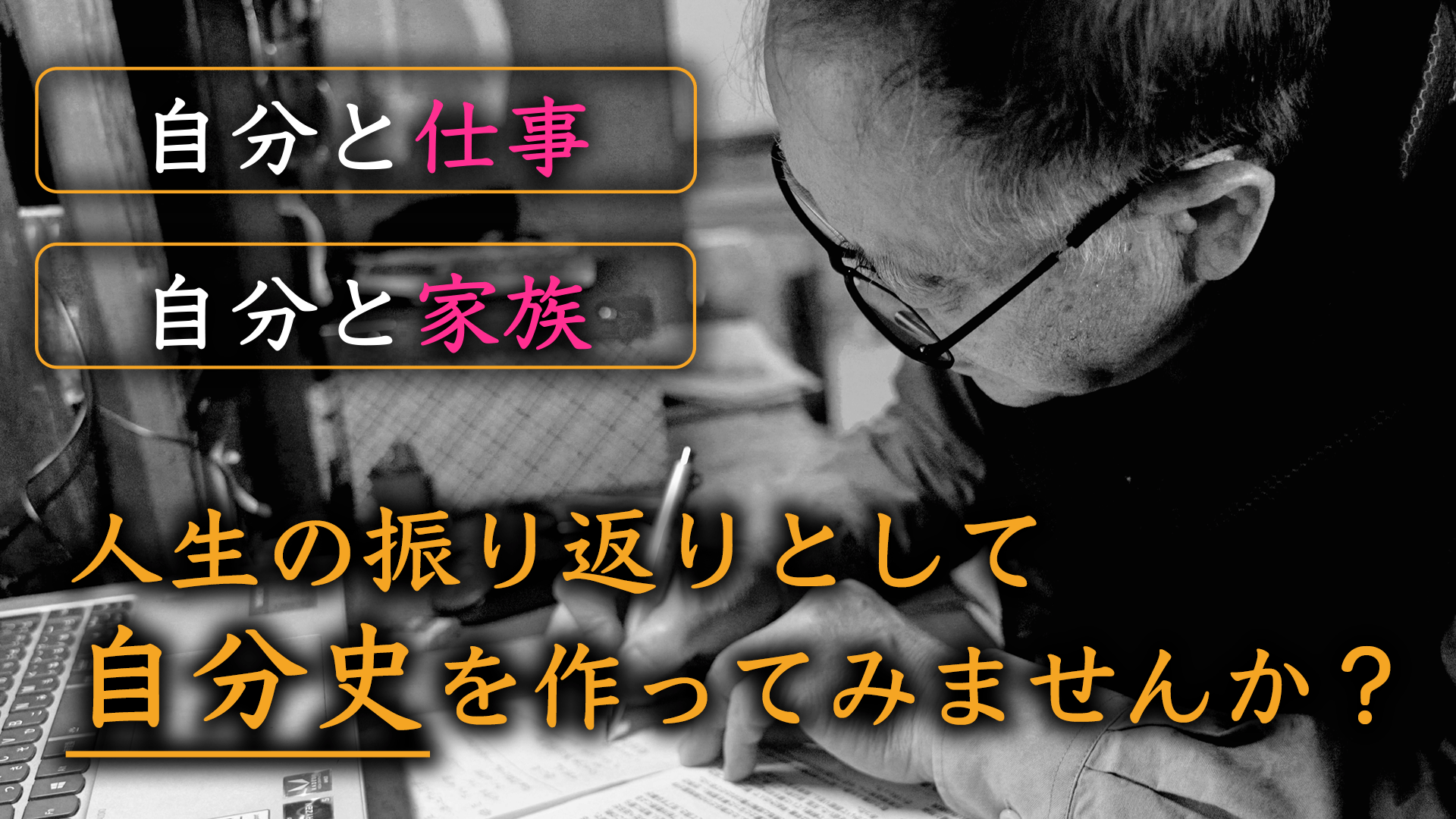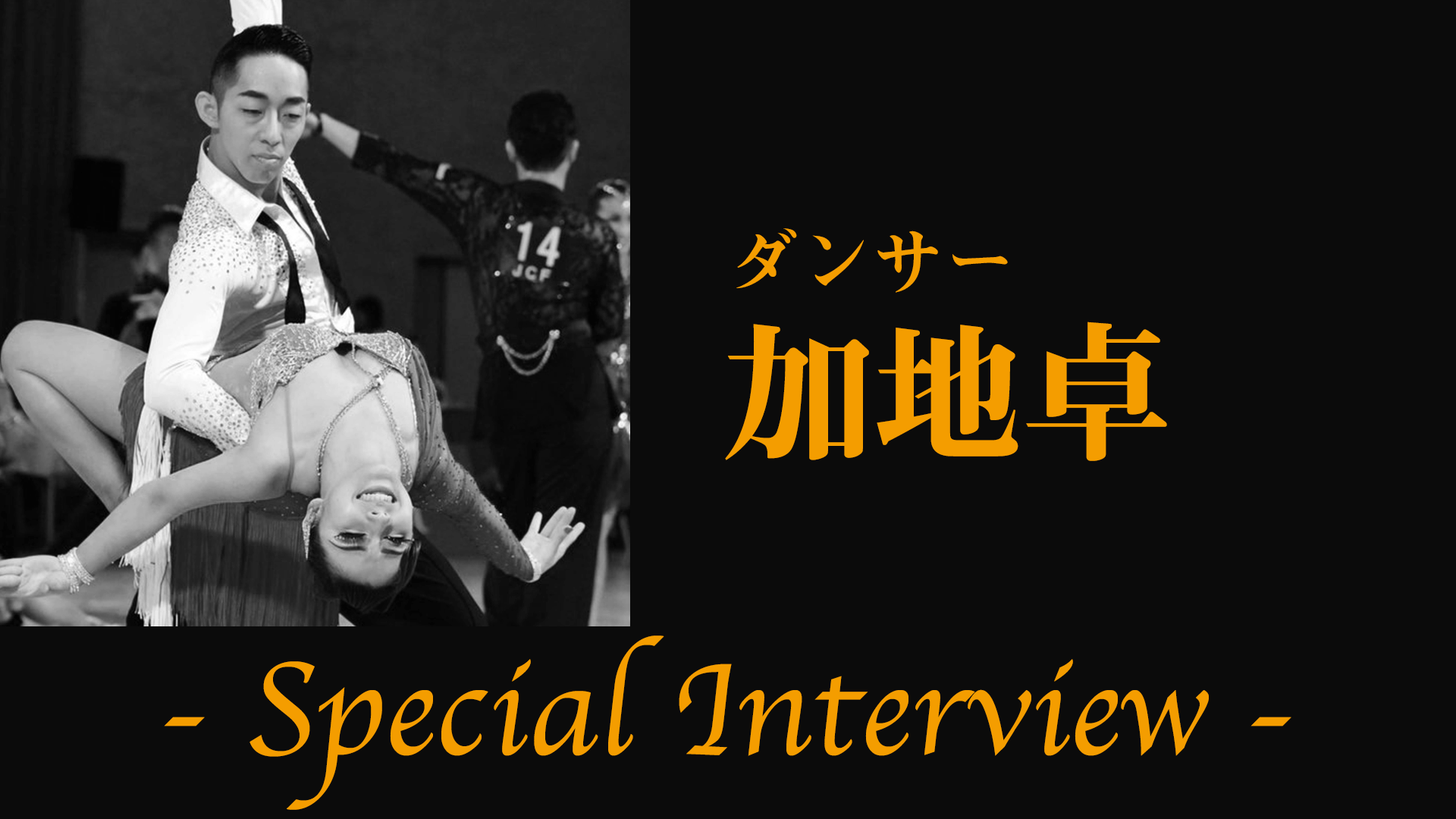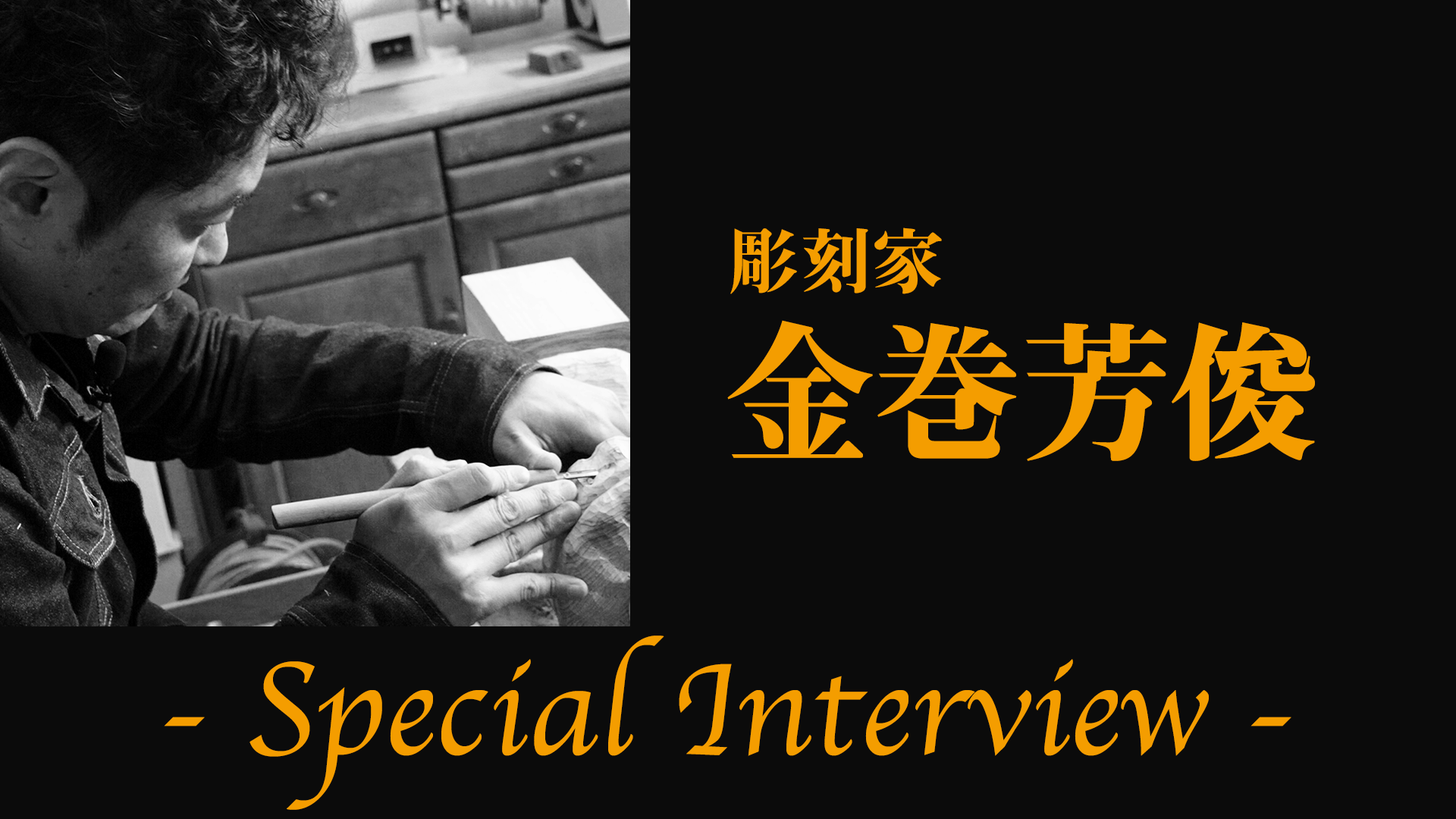What is documentary film?
2014 FEB 5 18:18:34 pm by kyoshida

Last weekend, University College of London hosted a weekend long documentary course funded by the Arts and Humanities Research Council. This free weekend course comprised speakers from all over the United Kingdom who came to share their expertise on the documentary film genre. The genre is undergoing somewhat of a renaissance with many new and exciting documentaries released in the last two years. These documentaries push the boundaries of the genre and have also increasingly blurred the lines between re-construction and fiction. For a list of innovative new documentaries see here: (http://www.dazeddigital.com/artsandculture/article/17911/1/top-ten-innovative-documentaries)
In this post I want to briefly sketch out some of the key messages which I took away from the weekend. It may perhaps come as a surprise to Japanese readers that there was a two hour focused session on Japanese documentary film.
Lesson 1: What is a documentary?
Documentary is a three legged stool comprised of three main components: evidence, narrative and ethics. Before going to the weekend, I had an image of documentary as factual films, featuring “real people as opposed to performers”. My belief was built on Haggith and Newman’s discussion on documentary film and their categorisation of documentary through the use of common or archetypal techniques such as: an explanatory voice over commentary, a linear, chronological narrative, ‘talking heads’ interviews, the use of archive film and photographs’. They explain that these techniques are used in “faith in the ability of the documentary to uncover the past”.
Brian Wilson, offered an alternative and more challenging definition of documentary as ‘the creative treatment of actuality’ (play on words with the French actualite). His talk centred on documentary film makers as as Curtis and Robert Flaherty who were pioneers of the narrative documentary through the collection of shots and re-construction of events. Speaking about Flaherty’s films, Wilson states that ‘everyday events of life become moulded into a drama, suitable for the taste of post WW1 audiences… with footage recast to serve the stories needs’. Reconstruction for narrative and melodramatic purposes both mean that ‘documentary lives in the crease of life as lived as life as narrativised’.
Lesson 2: Documentary as Evidence
Images are considered to provide audiences with documentary evidence of conflict and atrocity. As Susan Sontag writes in her seminal work On Photography:
Photographs furnish evidence. Something we hear about, but doubt, seems proven when we’re shown a photograph of it. In one version of its utility, the camera record incriminates. Starting with their use by the Paris police in the murderous roundup of Communards in June 1871, photographs became a useful tool of modern states in surveillance and control of their increasingly mobile populations.[1]
Photographs and moving images have been admitted as forms of evidence to prove individual criminal responsibility since the first war crimes trial at Nuremberg. During the proceedings, the Prosecution submitted a number of film reels, with one documentary film in particular captivating the attention of the court. Robert Jackson, the Chief Prosecutor, introduced the film ‘Nazi Concentration Camps’ to help those present understand the meaning of the term “concentration camp”.[2] According to Lawrence Douglas, the screening of a documentary film, “in a juridical setting was unprecedented”.[3] Douglas writes that the film acted as an “independent witness” during the trial with the Prosecution intent on “securing the most reliable and complete representations of unspeakable atrocities”.[4]
Wilson, a trained lawyer, rejects the notion of documentary as evidence, drawing on Bertov’s work ‘Man with a Movie Camera’. Bertov sought to demonstrate to audiences how filmmakers construct and manipulate images. He wanted to highlight the affinities between documentary and propaganda films to Soviet audiences.
In France, Bertov’s philosophy was re-cast in the form of ‘cinema verite’ with Jean Rouch as its pioneer. These works seek to make the viewer aware of the camera and its positioning. The subjective nature of framing and editing choices thus make film only a partial witness to the events and thus, should be considered with suspicion as a form of evidence. This sentiment is echoed in the work of Judith Butler. Revisiting the work of Sontag, Butler writes that the picture we receive of war is partial:
And although restricting how or what we see is not exactly the same as dictating a storyline, it is a way of interpreting in advance what will and will not be included in the field of perception…Even the most transparent of documentary images is framed, and framed for a purpose, carrying out that purpose within its frame and implementing it through the frame.
Documentary filmmakers have long been aware of this, while lawyers have not been so critical. The increased use of visual evidence in criminal trials, whether through CCTV images or images captured on police helmets, cannot always be taken at face value. We lawyers need to be critical of framing in the cinematic sense, not just the judicial one.
Lesson 3: Mostly everything you wanted to know about post-war Japanese documentary but were too afraid to ask.
So began the ambitious two hour lecture on the history of Japanese documentary film by Hussain Currimbhoy, the Director of Programming of Sheffield Documentary Festival. The Sheffield Documentary festival is one of the top three festivals of its kind, along with the Japanese, Yamagata International Documentary Film Festival. Currimbhoy lived in Osaka, Japan for one year teaching English and developed an interest in Japanese fictional and documentary film.
Currimbhoy’s aim was to introduce a Western audience to Japanese documentary. His favourite filmmakers include Shinsuku Ogawa and Noriaki Tsuchimoto who Nornes has called the “two figures [that] tower over the landscape of Japanese documentary.”
Ogawa, a collaborative film director spent years living with the residents who protested against Narita airport (日本開放戦線 三里塚の夏). His main subject of interest in the 1960s and 1970s was the radical movements which gripped Japan and the world at large (Mexico, France, the U.S.). Noriaki Tsuchimoto is most famous for his films on Minamata disease (医学としての水俣病ー三部作). These two documentary film directors are tied together by their initial start in Imawane Productions.
In addition to these filmmakers, the talk also covered documentaries by Kazuo Hara, whose films cross boundaries and social taboos, through visualising issues such as Japanese war criminals and female sexuality (The Emperor’s Naked Army Marches on and Extreme Private Eros: Love Song 1974). He also spoke about Shohei Imamura, famous in the West for his two Palme D’or winning films, the Ballad of Narayama and The Eel, but who also made brilliant and controversial documentaries, including Karayuki san – the making of a prostitute (1975) about so-called comfort women.
The list goes on but the lesson to be taken here is the role of documentary in providing a critical voice in post war Japan. Currimbhoy laments that today, the work does not seem to be as interesting or controversial. This stands in contrast to the trend more globally to push the documentary genre. I would love to hear your thoughts on why this might be.
Conclusion
On the 16th February, I will be attending a screening at the Institute of Contemporary Act of the Act of Killing. This Oscar nominated documentary is extremely controversial and the Q & A session with director Joshua Oppenheimer will be of interest to many engaged with the documentary genre but also those who work in the field of transitional justice, international humanitarian and criminal law. The documentary weekend raised many issues about the ethics of the film and the use of war crimes as spectacles of entertainment for audiences who are increasingly numb to images of atrocity. Some commentators are scathing of the use of film to provoke change, arguing that while the Director receives international recognition and Oscar nomination, nothing on the ground has changed. A post on the film will follow.
More information on OpenDocs fest is available here: http://www.opencitydocsfest.com/
[1] Sontag, Susan. On photography. Harmondsworth: Penguin, 1979. page 5.
[2] Douglas, Lawrence. ‘Film as Witness: ‘Screening ‘Nazi Concentration Camps’ before the Nuremberg Tribunal’ Yale Law Journal, Vol. 105, No. 2, November 1995 pg. 450.
[3] Ibid. Page 451.
[4] Outside legal scholarship, the Nazi Concentration Camps documentary has received critical attention from Holocaust historians and films critics. The documentary has been heralded as marking an important step in the development of modern cinematography. Antoine de Baecque, historian and film critic, has stated: “Modern cinema was born out of those images, which have been ceaselessly at work in it, resurfacing in other forms, the to-camera look, the freeze-frame, documentary in fiction, the flashback, montage, contemplation, malaise, those specifically cinematographic figures that testify to the obsessive presence of the concentrationary palimpsest.” De Baecque along with cinema scholars such as Wacjman contend that the violence of the Holocaust “radically transformed cinematic images and our relationship to them” Gerard Wacjman has stated that ‘Today it is impossible to eliminate from the image of a body the resonance of the attack on the human image perpetrated by the gas chambers… images were no longer as they were before’. Saxton, L. Haunted Images: Film, Ethics, Testimony and the Holocaust. Wallflower Pr, 2008. Page 4.
The Wanninkopf case and the Dock
2013 NOV 3 2:02:02 am by kyoshida

The goal of my blog post is to spark a dialogue between Japanese lawyers (or persons interested in law) and common law/ European lawyers. I plan to publish on a range of topics and I hope that some of my friends and colleagues will join me in contributing in the future. In many of my posts I will be focusing on issues relating to images and representations of justice.
For my first post today, I want to discuss the place of a defendant in criminal proceedings in the United Kingdom. This is in my mind since I am teaching a course this week on the ‘vanishing trial’ in the US and Europe. The readings for the class include fascinating discussions on courtroom architecture and argue persuasively that in the UK we marginalise the accused in criminal proceedings by inter alia. placing the defendant in the Dock. The article focuses on some of the empirical findings in an article by Professor Linda Mulcahy, a professor of law and expert on law and architecture at the London School of Economics.
In England and Wales, the accused is kept in the dock either at the back of the courtroom (in the Crown Court) or at the side of the courtroom. Sometimes he or she is placed behind glass with slits. In her article, Mulcahy persuasively argues that the UK system is anachronistic in placing the accused in the Dock and potentially violates the presumption of innocence. The inability of the defendant to communicate with ease with his or her lawyer, and his placing away from the main proceedings means that his communication is hampered. This is in direct contrast to other jurisdictions where the defendant can effectively communicate with his or her lawyer.
In other jurisdictions such as the US the accused sits beside or directly behind the lawyer. The accused sits with her lawyers, dressed in a business suit. She is indistinguishable from her legal team. A strategy adopted by legal professionals in the US as discussed in Mulcahy’s article.
The differences between the UK system and that of other countries as discussed by Mulcahy struck me last night when I watched a two part legal drama on the Wanninkopf case. The Spanish drama available online on TVE1 (http://www.rtve.es/alacarta/videos/el-caso-wanninkhof/) is based on the facts presented in the legal proceedings against a woman who was found guilty by a jury of murdering 19 year old Rocio Wanninkopf in the south of Spain. The woman was convicted by a jury trial and spent 17 months in prison before DNA evidence emerged which confirmed that the killer was a British man, responsible for killing another young woman and attempting to rape another.
Whilst Mulcahy’s article notes that the defendant in Spain and Italy are sometimes placed behind metal bars during a trial, in the programme the accused sits shoulder to shoulder with her defence counsel. They regularly communicate, with Vicki providing him with crucial information about witnesses and, they communicate emotionally and physically, with the lawyer placing a reassuring hand on hers. This physical communication sends an important message to the jury – it says she is not a monster but a friend – bringing her closer to the jury. This form of communication is impossible in the UK where the defendant is using in the dock, sitting alone and isolated.
More generally, the mini series can be viewed as an indictment of the legal system in Spain. As viewers we are asked to judge not only the accused, but also the whole legal process from the treatment of “Vicki” at the hands of the police to the verdict. The programme paints a damning picture of the authorities, the media frenzy and the new jury system (jurado popular) culminating in the miscarriage of justice. Thus whilst Vicki is able to sit beside her lawyer and is not isolated in a dock or behind bars, the jury have already assessed her and found her guilty in a “trial by media”.
In choosing to talk about the Wanninkopf programme, I would be interested to know whether Japanese lawyers see parallels in terms of the introduction of a jury system into a previously inquisitorial system. The changes in 2009 in Japan come later than those in Spain but interesting comparative lessons could be shared. What is clear from the Wanninkopf example is that the introduction of lay justice does not always result in a fair or legally sound outcome. It would be interesting to know the impact that the jury system has had in Japan and to understand the place of the accused in the trial.
Mulcahy’s article on “Putting the Defendant in their Place” is published in the British Journal of Criminology 2013.





